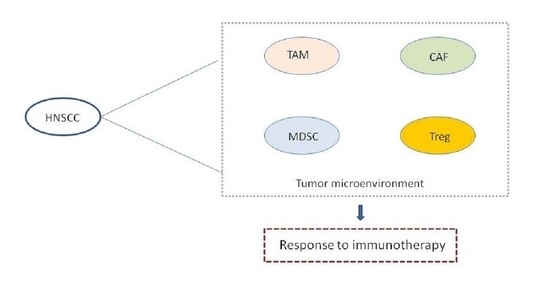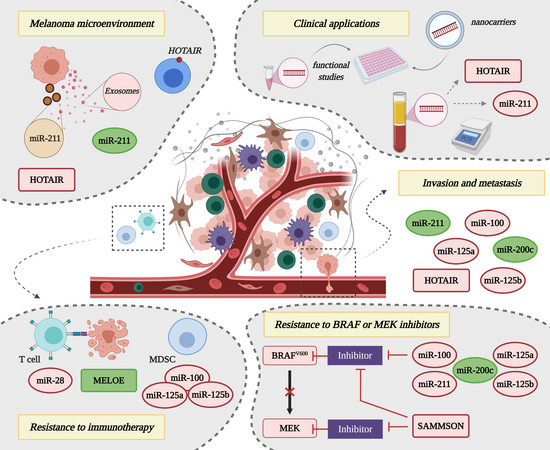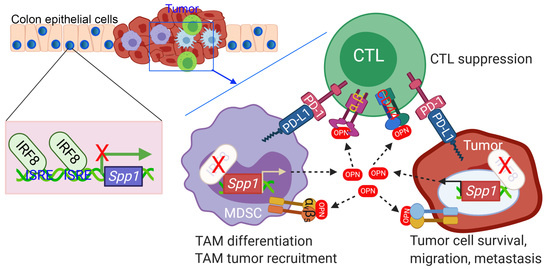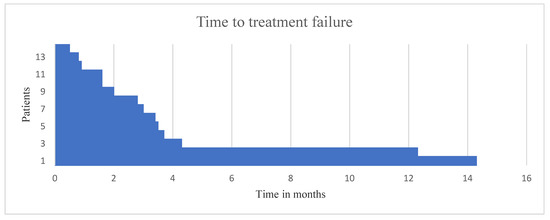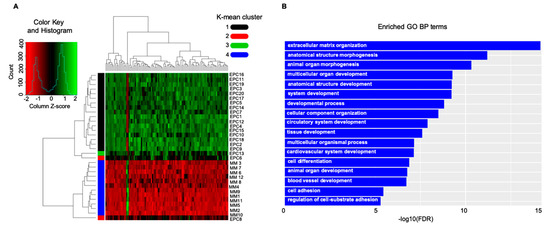Objective
The objective of the study is to compare body mass index (BMI), systolic/diastolic blood pressure (SBP/DBP) and serum total cholesterol levels between dementia cases and controls at multiple time intervals prior to dementia onset, and to test time interval as a modifying factor for these associations.
Design
Case–control study.
Setting
Six European electronic health records databases.
Participants
291 780 cases at the date of first-recorded dementia diagnosis, compared with 29 170 549 controls randomly selected from the same databases, age matched and sex matched at this index date.
Exposure
The following measures were extracted whenever recorded within each dataset: BMI (kg/m2), SBP and DBP (mm Hg) and serum total cholesterol (mmol/L). Levels for each of these variables were defined within six 2-year time intervals over the 12 years prior to the index date.
Main outcomes
Case–control differences in exposures of interest were modelled for each time period and adjusted for demographic and clinical factors (ischaemic/unspecified stroke, type 2 diabetes mellitus, acute myocardial infarction, hypertension diagnosis, antihypertensive medication, cholesterol-lowering medication). Coefficients and interactions with time period were meta-analysed across the six databases.
Results
Mean BMI (coefficient –1.16 kg/m2; 95% CI –1.38 to 0.93) and SBP (–2.83 mm Hg; 95% CI –4.49 to –1.16) were lower in cases at diagnosis, and case–control differences were greater in more recent time periods, as indicated by significant case-x-time interaction and case-x-time-squared interaction terms. Time variations in coefficients for cholesterol levels were less consistent between databases and those for DBP were largely not significant.
Conclusion
Routine clinical data show emerging divergence in levels of BMI and SBP prior to the diagnosis of dementia but less evidence for DBP or total cholesterol levels. These divergences should receive at least some consideration in routine dementia risk screening, although underlying mechanisms still require further investigation.



